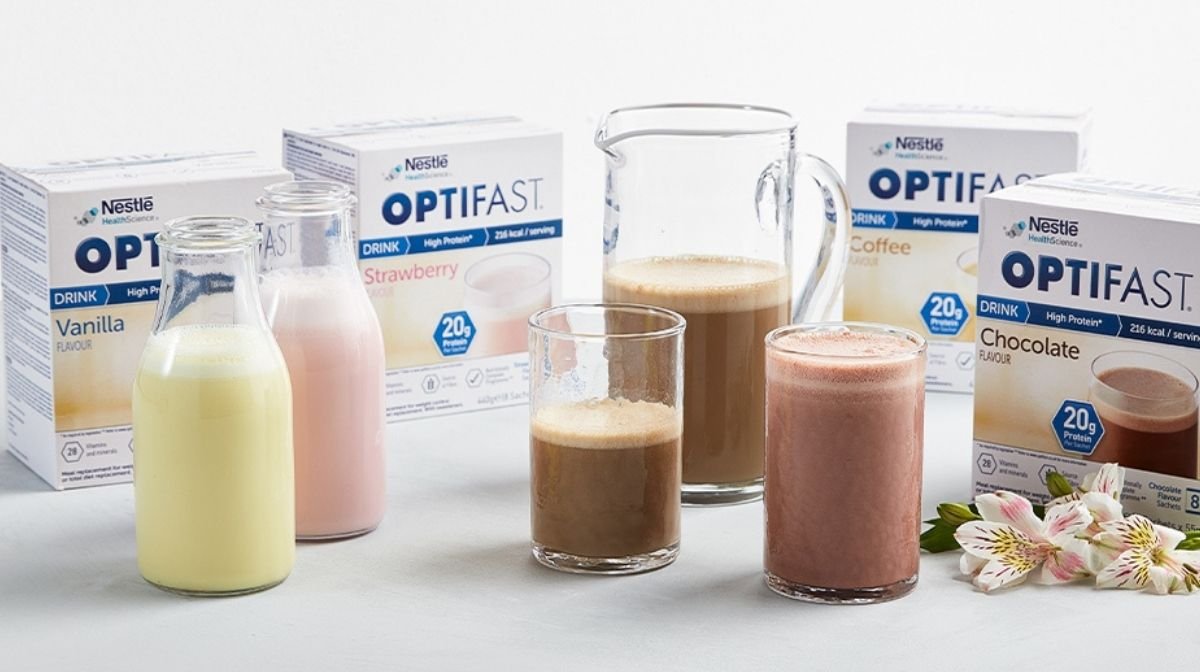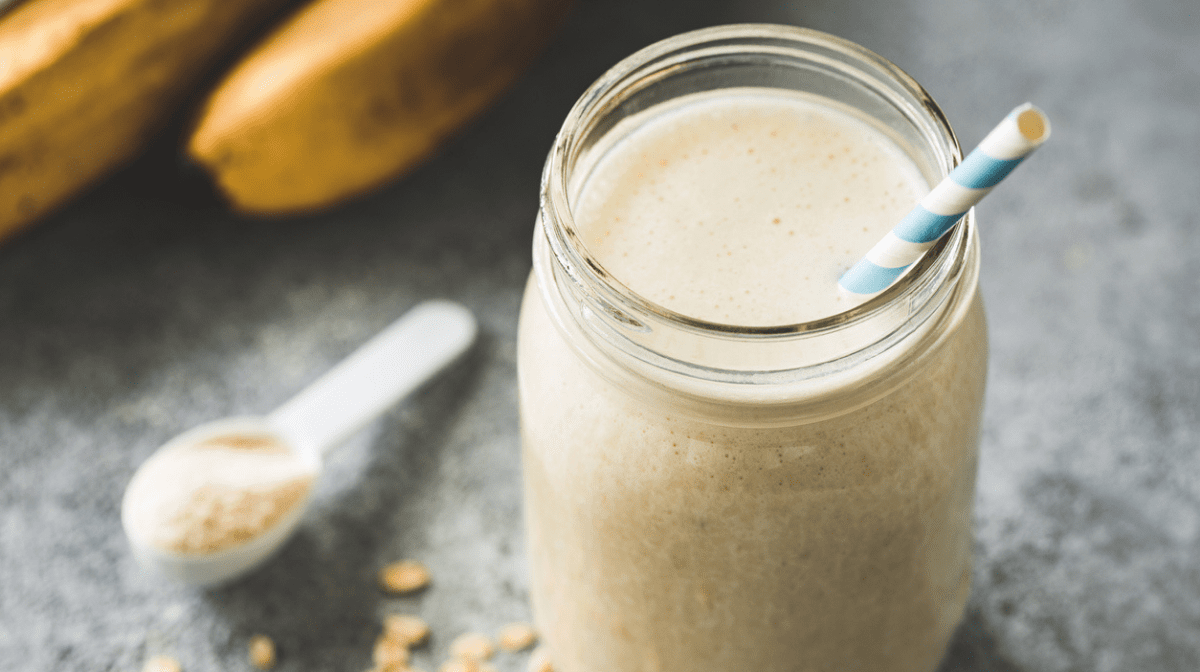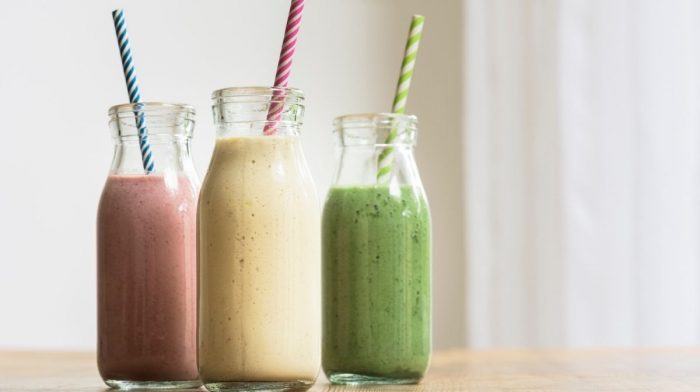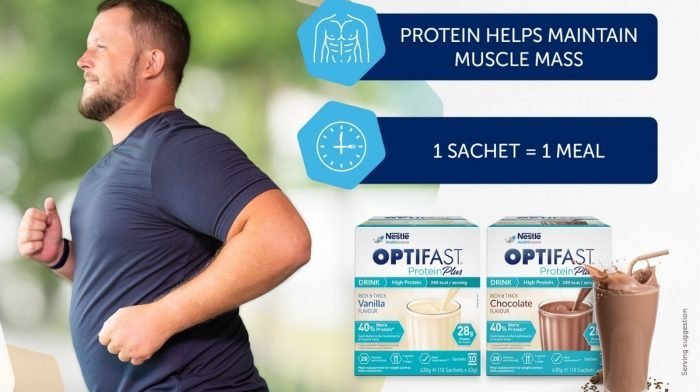What is Intermittent Fasting?
Intermittent fasting is a type of eating plan that alternates between fasting and eating on a regular schedule. Research has shown that intermittent fasting is a way to help promote and maintain weight loss.
The most popular approaches to intermittent fasting include 5:2 fasting, alternate-day fasting and time-restricted fasting.
Intermittent fasting has been used as a weight loss strategy for decades and has become increasingly popular in recent years. Studies show that following an intermittent fasting long term may be as effective as a typical low-calorie diet, and a more sustainable approach to weight loss.
5:2 Fasting
A 5:2 fasting plan involves eating regularly five days a week and, on the other two days, limiting yourself to 800 calories per day. It’s one of the more frequently used plans, because it provides more flexibility to fit weight loss goals around a busy lifestyle, and you don’t have to restrict your calorie intake for too many days in a row.
5:2 fasting is easy to incorporate into your OPTIFAST weight loss programme too. On a fast day, you would consume four OPTIFAST products for a total of 800 calories, and on your feast days consume 1,200-1,500 calories.
Whether you choose alternate day fasting or a 5:2 plan, after three months, you can increase your intake to 1,400-1,800 calories, depending on your weight loss goals.
16/8 Intermittent Fasting
16/8 fasting is sometimes also referred to as time-restricted fasting or 18/6 fasting. This is an eating pattern in which food intake is restricted to a time window of 8 hours or less, followed by a daily fast for the remaining 16 to 18 hours of the day. For example, this could involve eating meals only between 9am and 5pm, or 10am and 6pm, or 12pm and 6pm.
Eat Stop Eat Intermittent Fasting
The Eat Stop Eat diet involves fasting for 24 hours twice a week. On this particular weight loss plan, you don’t have to change the foods that you eat, but fasts are much longer, which can be a challenge.
The diet plan encourages you to eat something every single day, for example by beginning your fast after dinner on a Friday and ending it with dinner on a Saturday.
The Eat Stop Eat diet should only be followed with medical guidance or support, due to the challenging length of the fasts.
Alternate Day Fasting
On an alternate day fasting plan, you cycle between fast and feast days in a continuous pattern. You eat a normal diet one day and either consume 4 OPTIFAST products or have one small meal (of between 600 and 800 calories) the following day.
Fast Days
On a fast day, you’ll replace all of your usual meals and snacks with four OPTIFAST products, making your daily caloric intake approximately 800 calories.
OPTIFAST products are scientifically designed and contain the essential vitamins and minerals your body needs, including protein and fibre that can help you to feel full and manage hunger.
Choose from Meal Replacement bars, shakes, soups and desserts in a range of tasty flavours – from chocolate bars to coffee shakes and a tempting dessert, there’s plenty of choice to make fast days easy.









